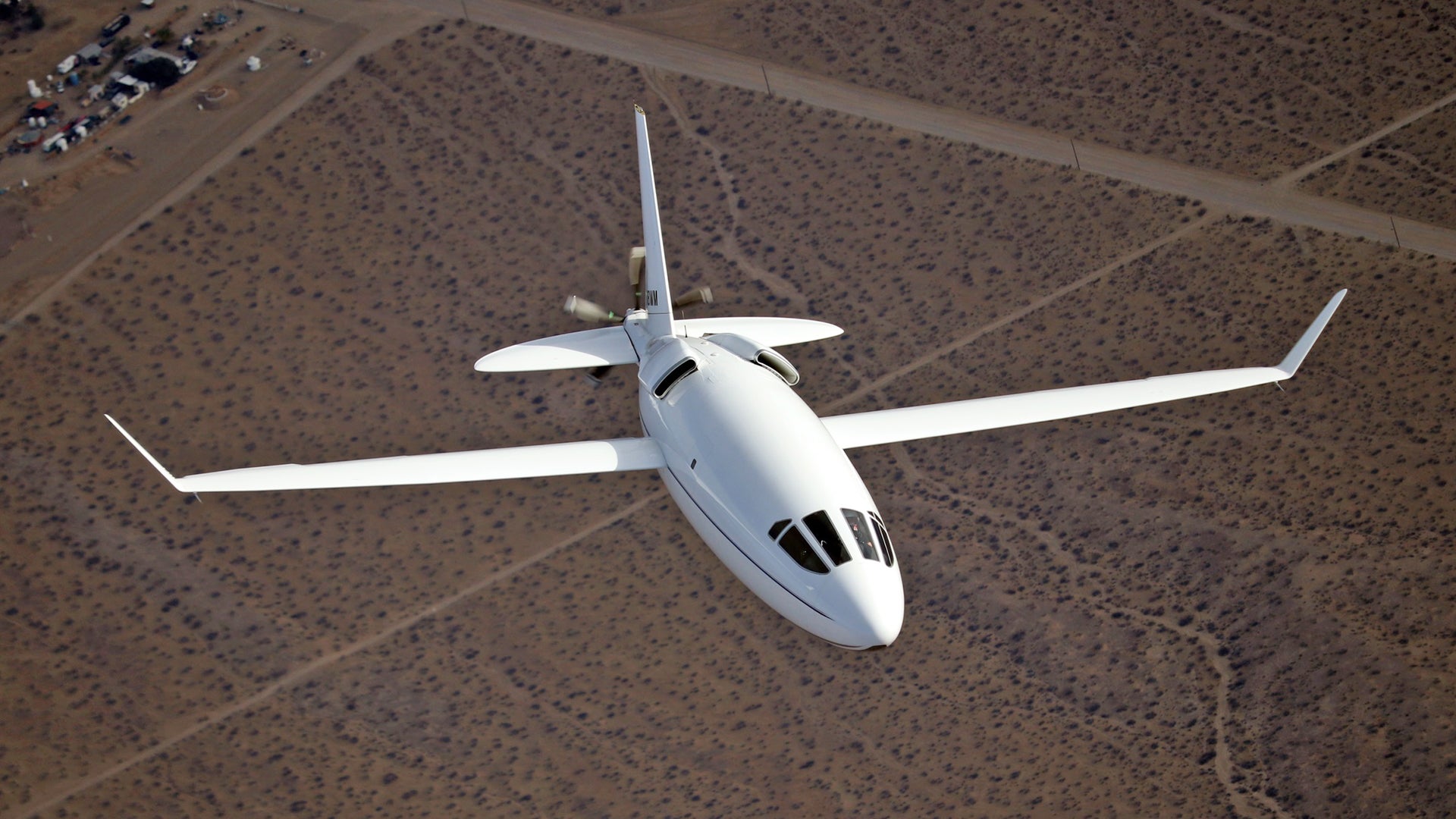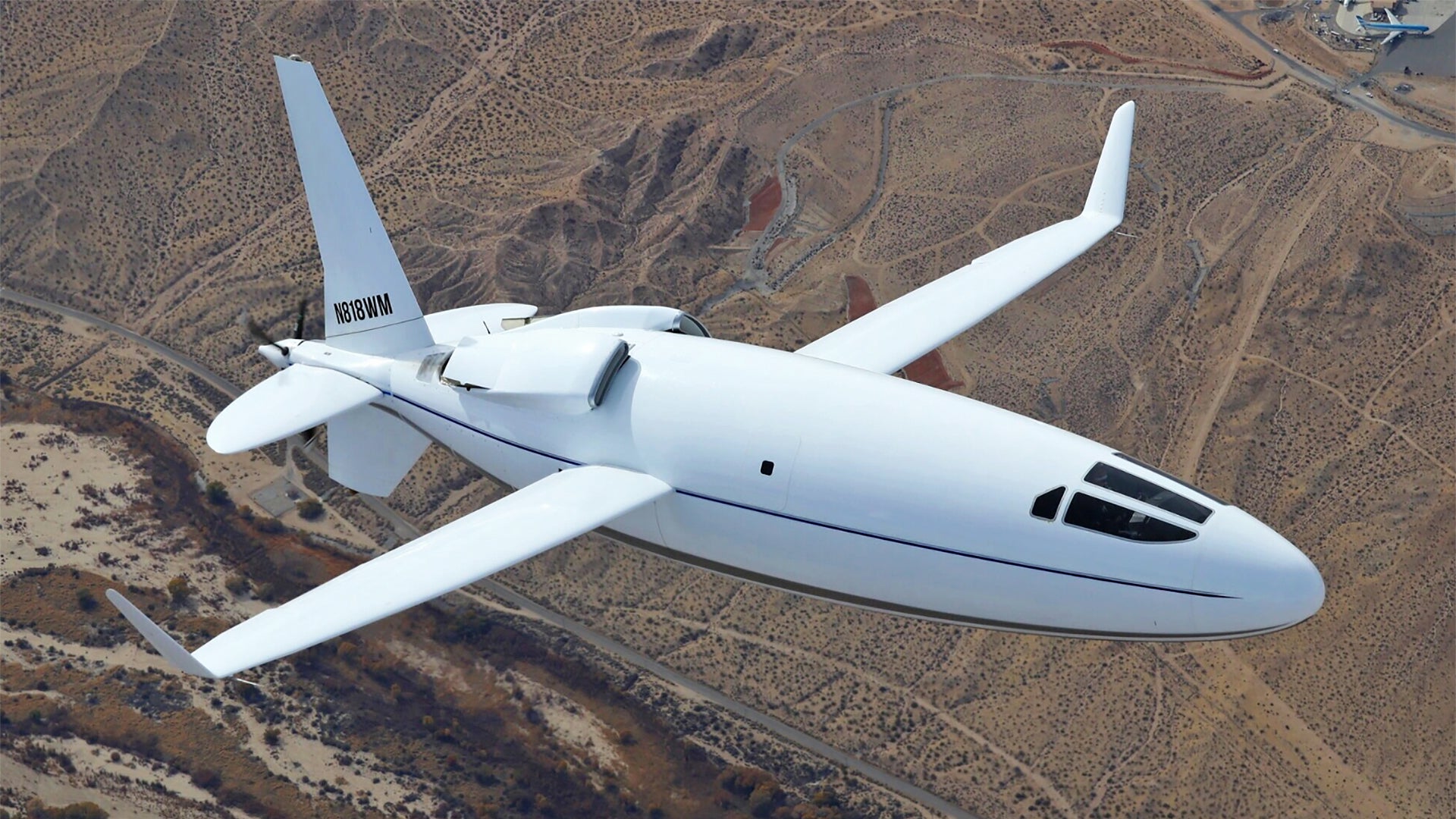
The Potentially Revolutionary Celera 500L Aircraft Officially Breaks Cover
Otto Aviation aims to disrupt the aviation landscape with a design that flies at jet speeds, but uses a fraction of the gas, and has more range.
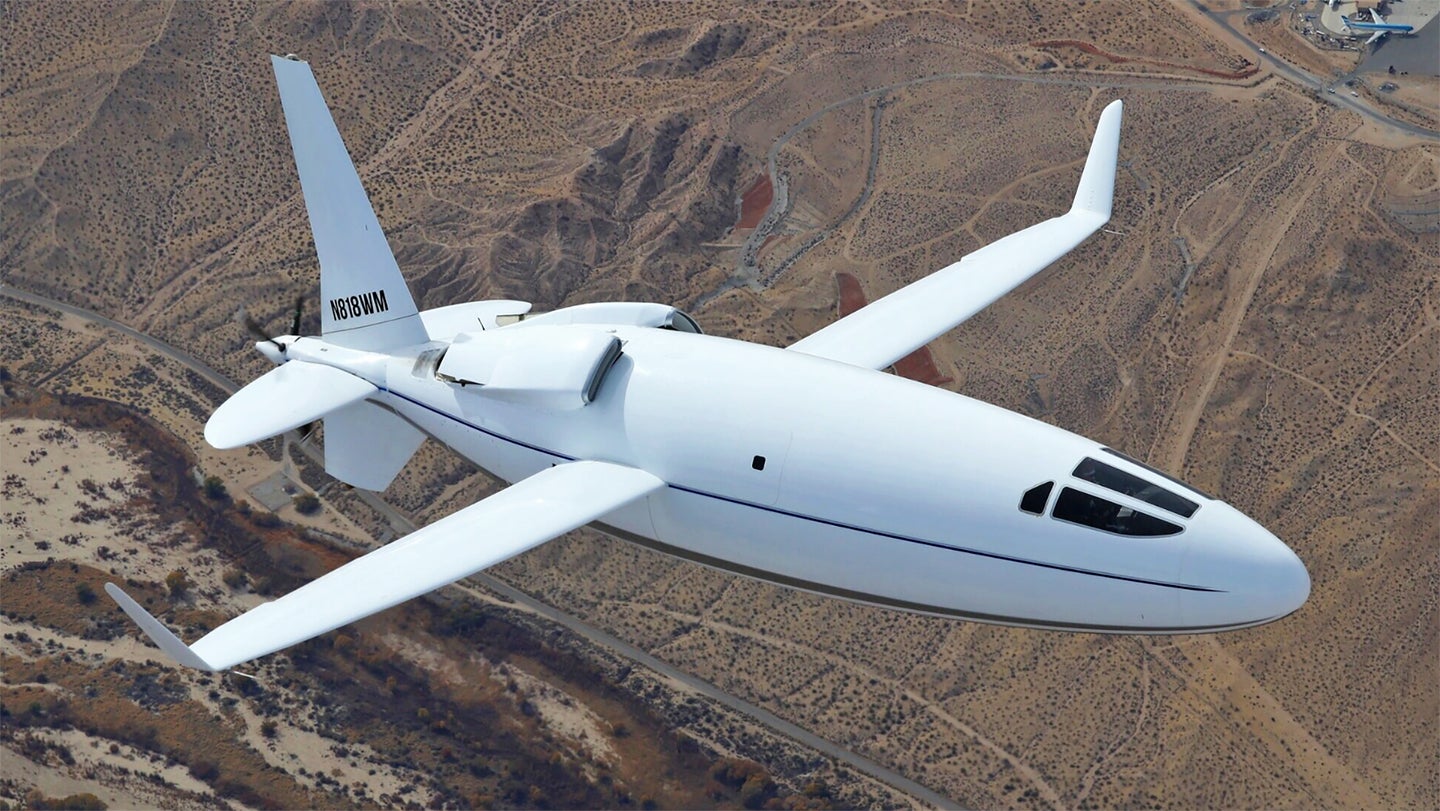
Otto Aviation's Celera 500L has officially come out of the shadows and the company has now outlined its vision for the potentially revolutionary high-efficiency aircraft, including possible unmanned variants and military versions configured for intelligence, surveillance, and reconnaissance missions. The War Zone was first to report on this unusual bullet-shaped plane after it was first spotted at the Southern California Logistics Airport near Victorville in 2017 and has been following its secretive development very closely ever since.
"Innovation at its core is solving a problem without conventional bias. Our goal was to create a private aircraft that would allow for direct flights between any city pair in the U.S. at speeds and cost comparable to commercial air travel," William Otto Sr., the Chairman and Chief Scientist of Otto Aviation, said in a statement. "In many cases, individuals and families will be able to charter the Celera 500L at prices comparable to commercial airfares, but with the added convenience of private aviation. We believe when the price of private air travel is competitive with commercial air travel, an enormous market opportunity will result."
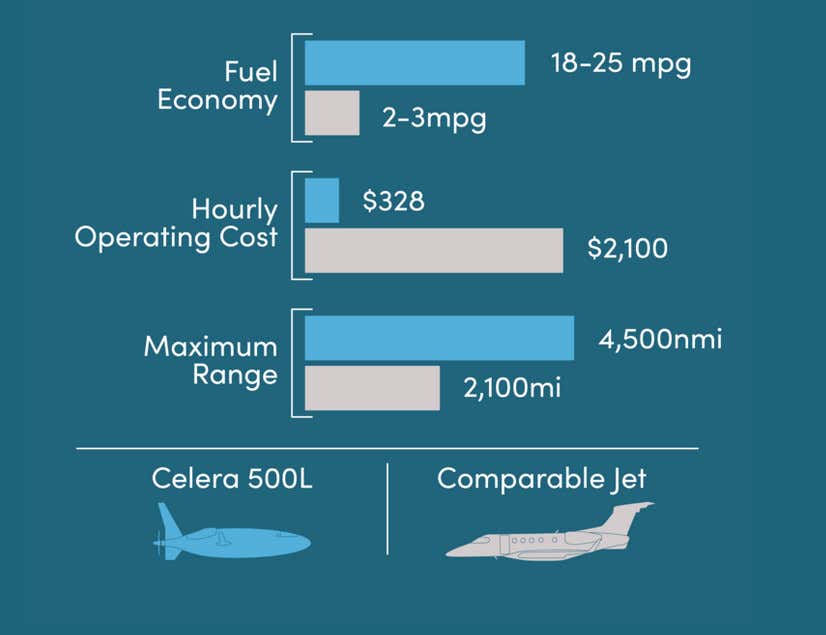
Otto Aviation says the Celera 500L had a maximum cruising speed of at least 450 miles per hour and a range of over 4,500 miles. It also has impressive fuel economy, achieving 18 and 25 miles per gallon, according to Otto Aviation. A traditional business jet with similar capabilities to the Celera 500L, including its six-passenger capacity, typically burn a gallon of fuel for every two to three miles of flight, making Otto's design dramatically more economical, as well as more environmentally friendly. The company says that the Celera 500L will have an unbelievably low per-hour flight cost of just $328.
The aircraft's teardrop shape also provides a roomier main cabin compared to many similarly-sized business jets, as well as small turboprops. This will improve passenger comfort for long-duration flights. Otto notes that a range of 4,500 miles, together with a typical takeoff run of around 3,300 feet, means that the Celera 500L will be able to fly between virtually any airports in the United States without need to stop to refuel.
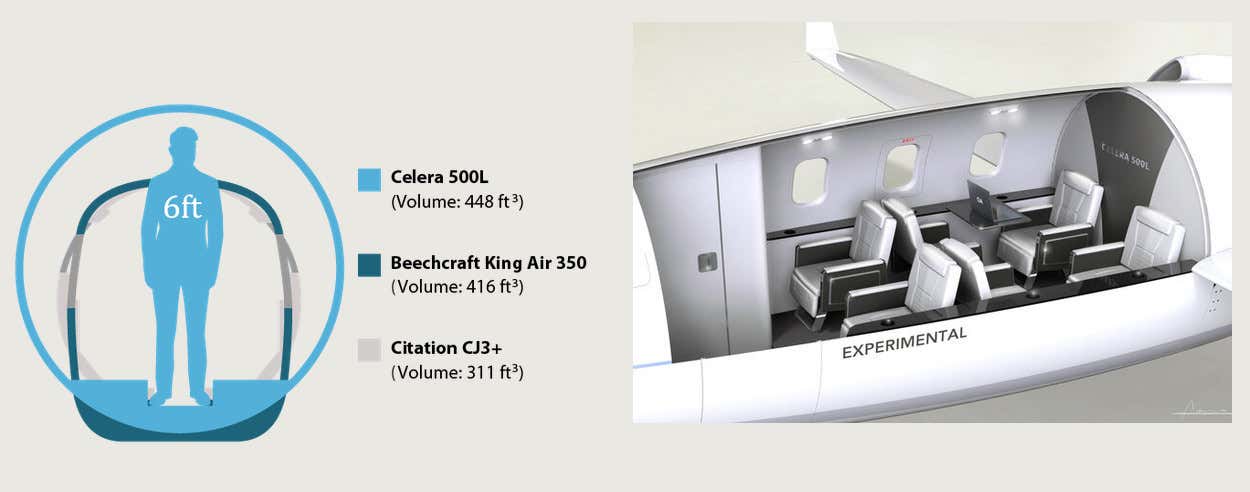
Otto's goal is to have achieved FAA certification by 2023 and then have a manufacturing facility delivering actual production Celera 500Ls to customers by 2025.
All told, after years of reporting on the mysterious aircraft, we are certainly very excited to see Otto Aviation's Celera finally break cover in an official capacity. The aircraft certainly represents an incredibly ambitious and disruptive set of capabilities that could significantly change the course of aviation and transportation overall.
Getting such an exotic concept into a flying form is an incredible feat in itself for the Otto Aviation team, one that requires large resources and comes with considerable high-risk, to say the least. We look forward to seeing how high the Celera idea can fly from here.





